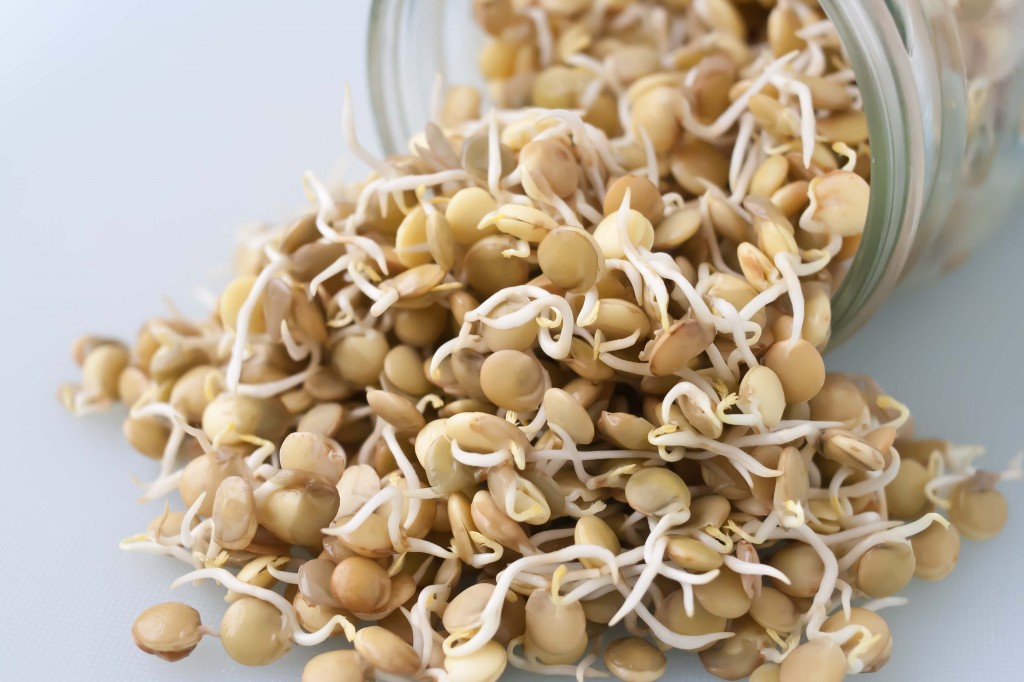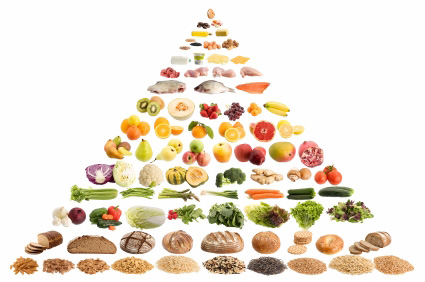 When it comes to healthy food crazes, it’s not always easy to separate fact from fiction. In recent years, sprouted grains have become increasingly popular - but do sprouted grains represent an actual nutrition advantage over traditional grains? Or is it just marketing hype?
When it comes to healthy food crazes, it’s not always easy to separate fact from fiction. In recent years, sprouted grains have become increasingly popular - but do sprouted grains represent an actual nutrition advantage over traditional grains? Or is it just marketing hype?
First things first, sprouted grains are seeds that have just started to grow - but that have yet to develop into an actual plant. For this very brief period, the outer bran layer splits open and a young shoot may just be visible. Some sprouted grains can be added directly to foods like salads, while still others are baked into breads, cereals, etc.
Because some of the grain’s starch is used for sprouting, there’s a slightly higher percentage of other nutrients in sprouted grains. However, these differences are relatively small.
There’s also some preliminary evidence that sprouting a grain will improve its bioavailability. That’s just a fancy way to say that some of those nutrients - including minerals like iron and zinc - may be more easily absorbed after sprouting. As such, sprouted grains may be more beneficial especially for developing countries wherein iron and zinc deficiencies are more common.
In addition, some individuals report improved digestion with sprouted grains versus traditional grains. Sprouted beans, for example, may result in less gas or bloating.
The bottom line: Sprouted grains are whole grains. And all of us are better off eating whole grains instead of the refined grains found in white bread, most pastas, etc. But rather than buy into the benefits or hype of just one ingredient, we need to examine the nutritional properties of foods as a whole. I could make a sprouted grain cake… but, sadly, it’s still a cake.










